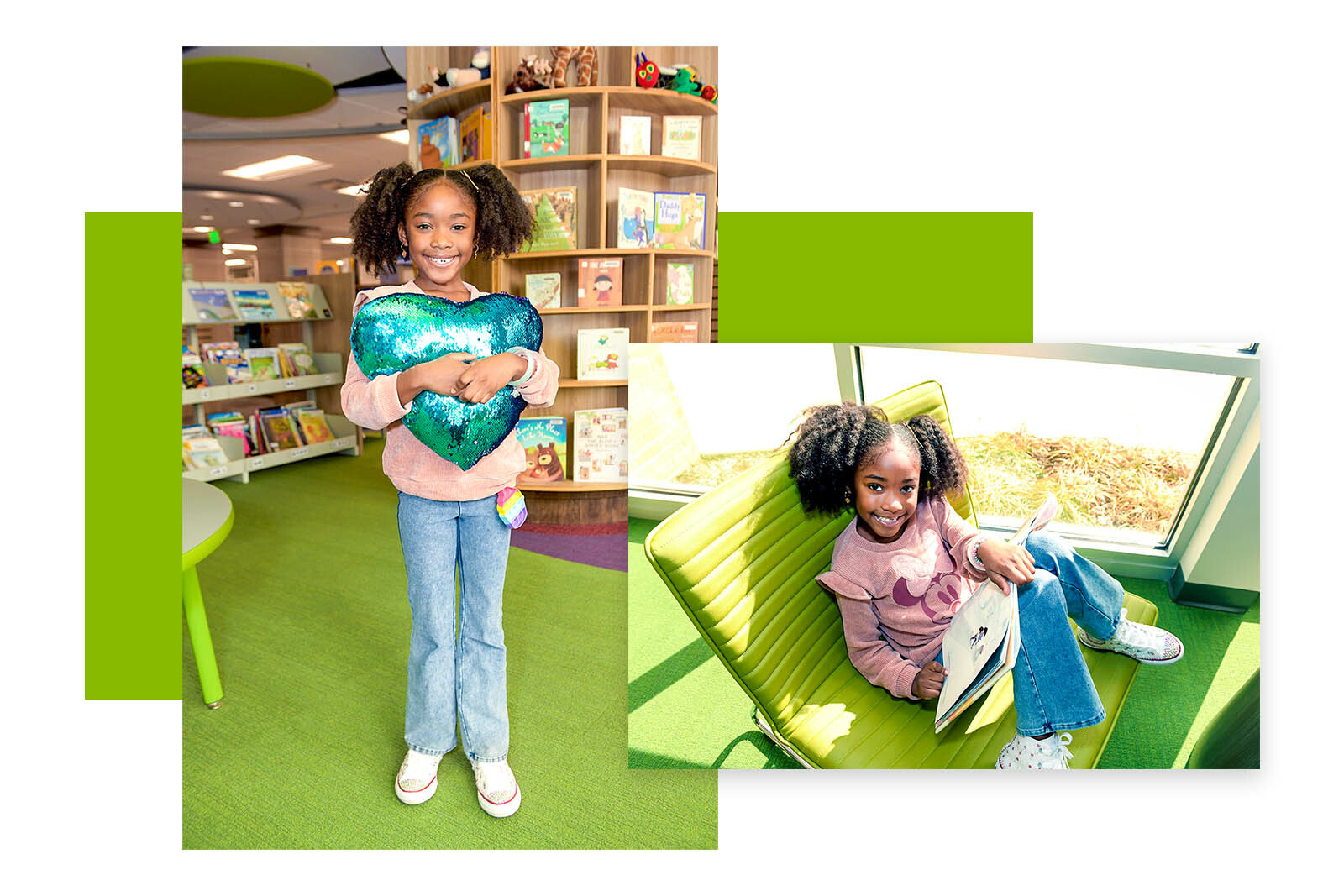EDITOR’S NOTE: As the Regions Tradition nears, Doing More Today looks at some of the nonprofits that benefit from this stop on the PGA TOUR Champions schedule in Birmingham, Alabama. The biggest benefactor is Children’s of Alabama, which is ranked one of the nation’s best children’s hospitals by U.S. News & World Report. Since the Tradition’s inception, Children’s of Alabama has been the biggest benefactor of the $7.5 million in donations generated by the major tournament.
Stacy Wilkins was your typical 14-year-old the summer before she began the ninth grade. She was on the dance team and excited to start high school.
But despite her aerobic-pumping extracurricular activity, something wasn’t right.
“I used to get tired all the time, but we didn’t think anything of it,” Wilkins said. “We thought I had a sinus infection, so we went to the ENT where the doctor said, ‘Something about your heart doesn’t sound right.’”
The magical summer quickly turned into an odyssey. A visit to a pediatric cardiologist confirmed the worst fear: Wilkins had an atrial septal defect (ASD), better known as a hole in the heart. Surgery came to repair her heart, followed by six weeks of rest, turning it into the longest summer of her life. At least for a generation.
“It matured me,” she said. “Usually, 14-year-olds are getting ready to go to high school. Your biggest concerns are, what are you going to do in high school? What team are you going to try out for? I was thinking, am I going to live?”
Wilkins recovered and soon resumed her normal activities. But, in the back of the mind, she wondered if the heart defect would haunt her down the road.
The answer came through her daughter, Jazz LaRue.
Wilkins and Duane LaRue, Jazz’ father, discovered early that their child had the same heart defect. That meant surgery as Jazz got older. There were numerous hospitals where she could be treated, but they quickly homed in on Children’s of Alabama, less than two hours from their home.
“We had to choose between Children’s and Vanderbilt, both of which were about the same distance,” Wilkins said. “I’d talked to people. My cousin was a nurse with a degree from UAB. She’d worked at Children’s. She said they really cared about the kids. In addition, there was a Facebook group of people with ASD and other heart defects, and they had a good experience with Children’s.”
 Jazz LaRue
Jazz LaRue
Relationships developed, especially with their cardiologist, Dr. Mark Law.
The decision was made without regret. But the worst was to come.
The waiting.
“This had always been at the forefront – something I was really worried about the entire pregnancy,” Wilkins said. Prenatal tests didn’t show the heart defect. “But once she was born and we went to that first appointment with a pediatrician, I was devastated to learn she had the same thing. I already had anxiety about going to the doctor. When we learned it was too big to close on its own, it was very stressful because I was reliving all of it.”
Waiting now meant four or five years because doctors said the surgery could not be performed until Jazz was older. Then COVID hit, and the pandemic pause button postponed surgery another two years.
Finally, during surgery, doctors discovered a second hole. Dr. Law and the parents opted to repair it, as well.
Thankfully, it went well. But as Jazz underwent a routine ultrasound before her release from Children’s, the scan showed one of the devices that plugged the hole had come dislodged. She was immediately returned to surgery for another repair.
“I went into fight or flight: what do we need to do? As soon as they found it, they took her right back. Dr. Law said, I’m not going home until we’ve found that device,” Wilkins said.
The surgeries took place last July, just after Jazz’ sixth birthday.
She’s back to normal. It’s a miraculous outcome.Stacy Wilkins
All signs continue to point to long-term good health. But, Wilkins admitted, her anxiety remains high. When Jazz has a headache – which she remembers from her own recovery – Wilkins’ stress level peaks. Even though Jazz is, by all accounts, healthy and happy, mom knows her body is changing and adapting.
“She takes dance. She takes PE. She returned to school such a short time after her surgery. She’s connected with her teachers. She’s back to normal. It’s a miraculous outcome.”